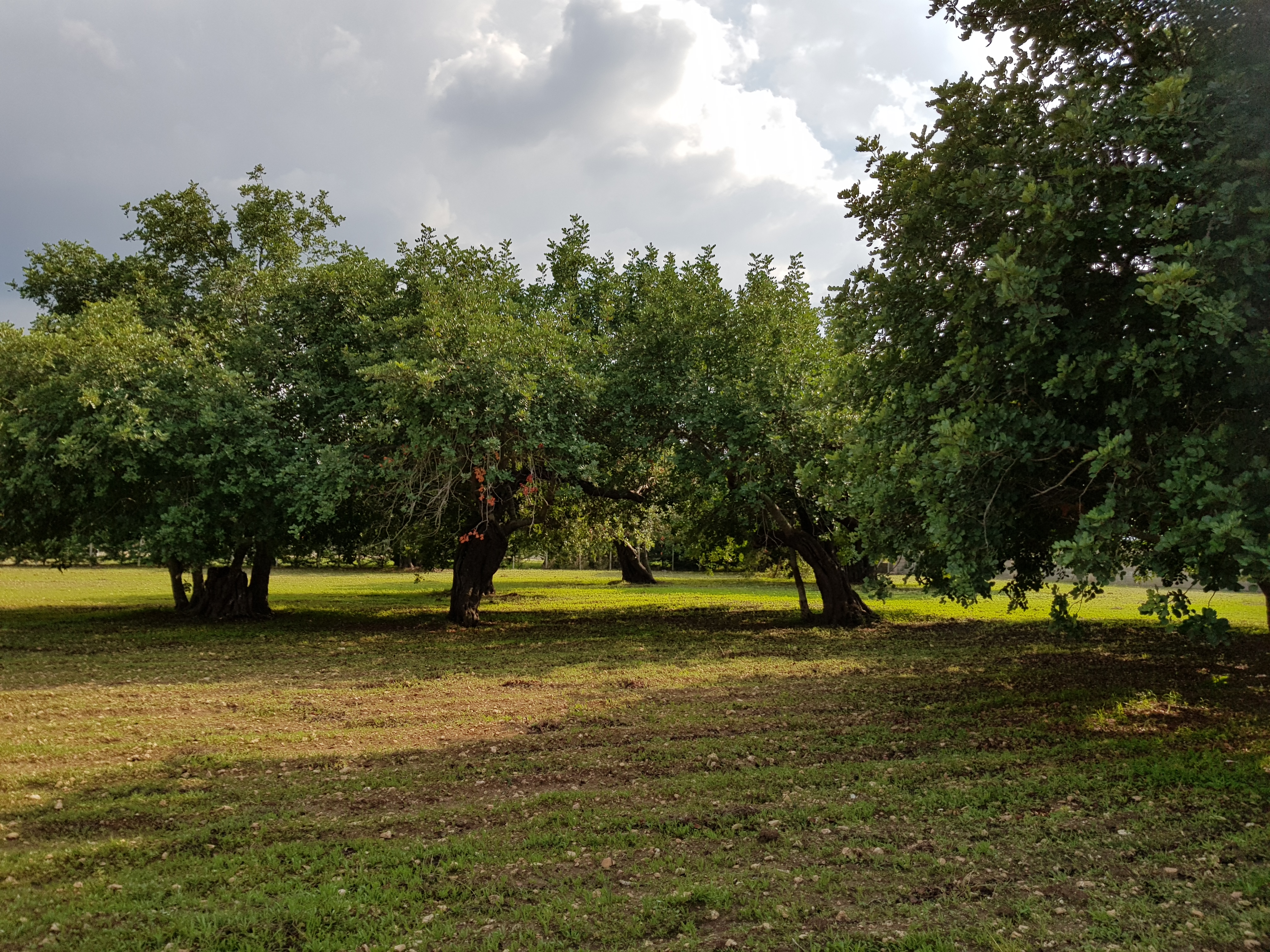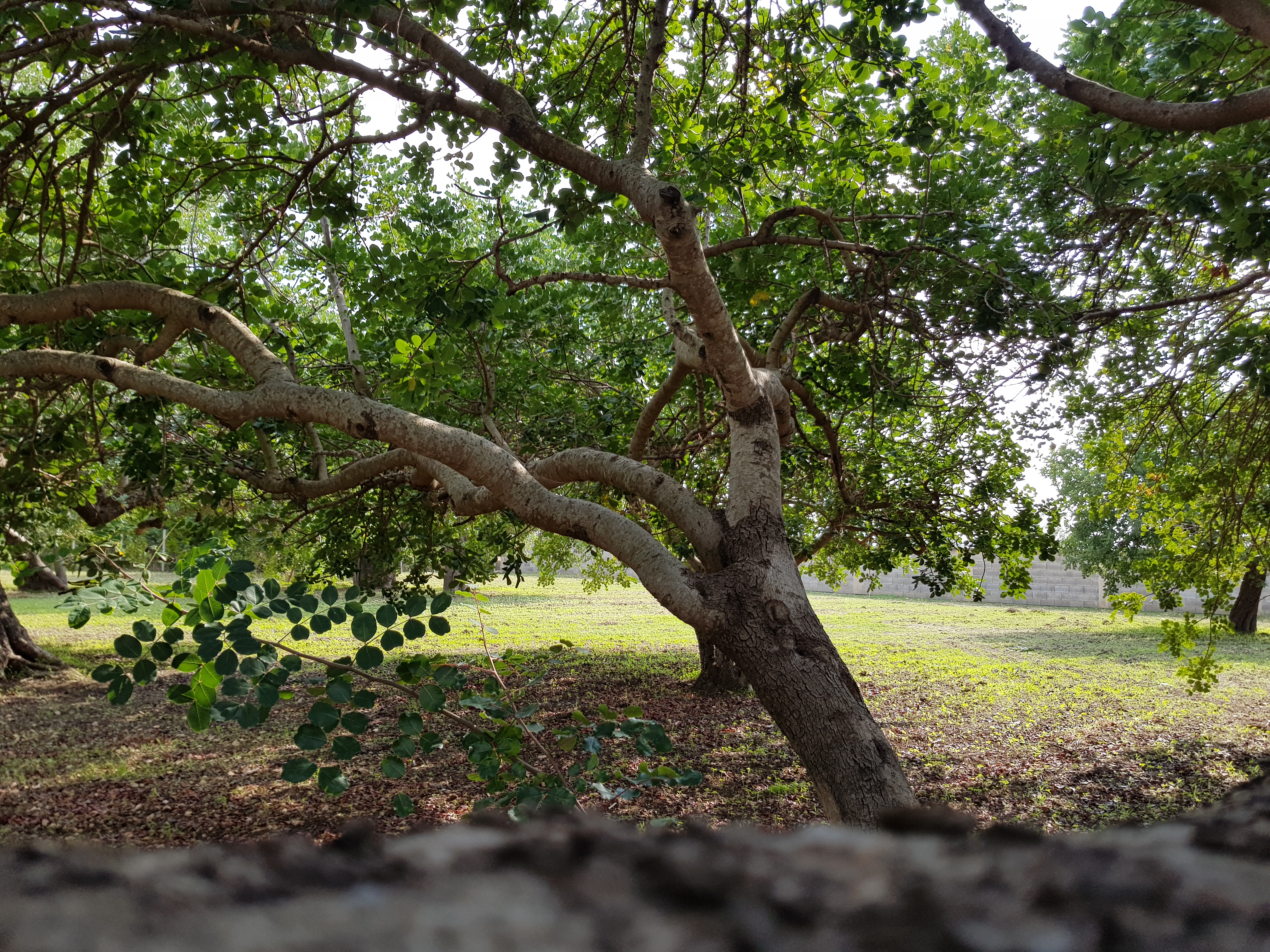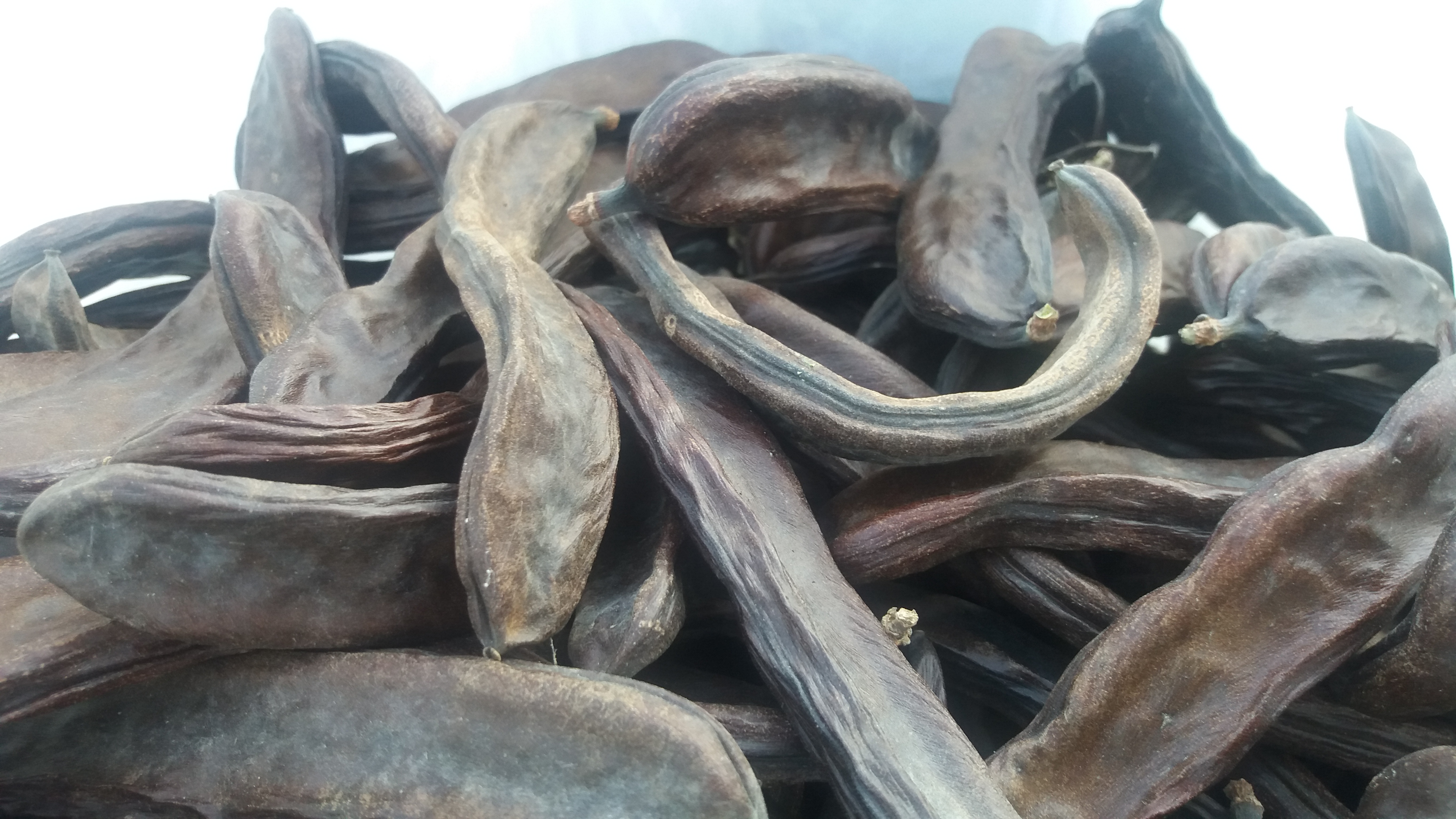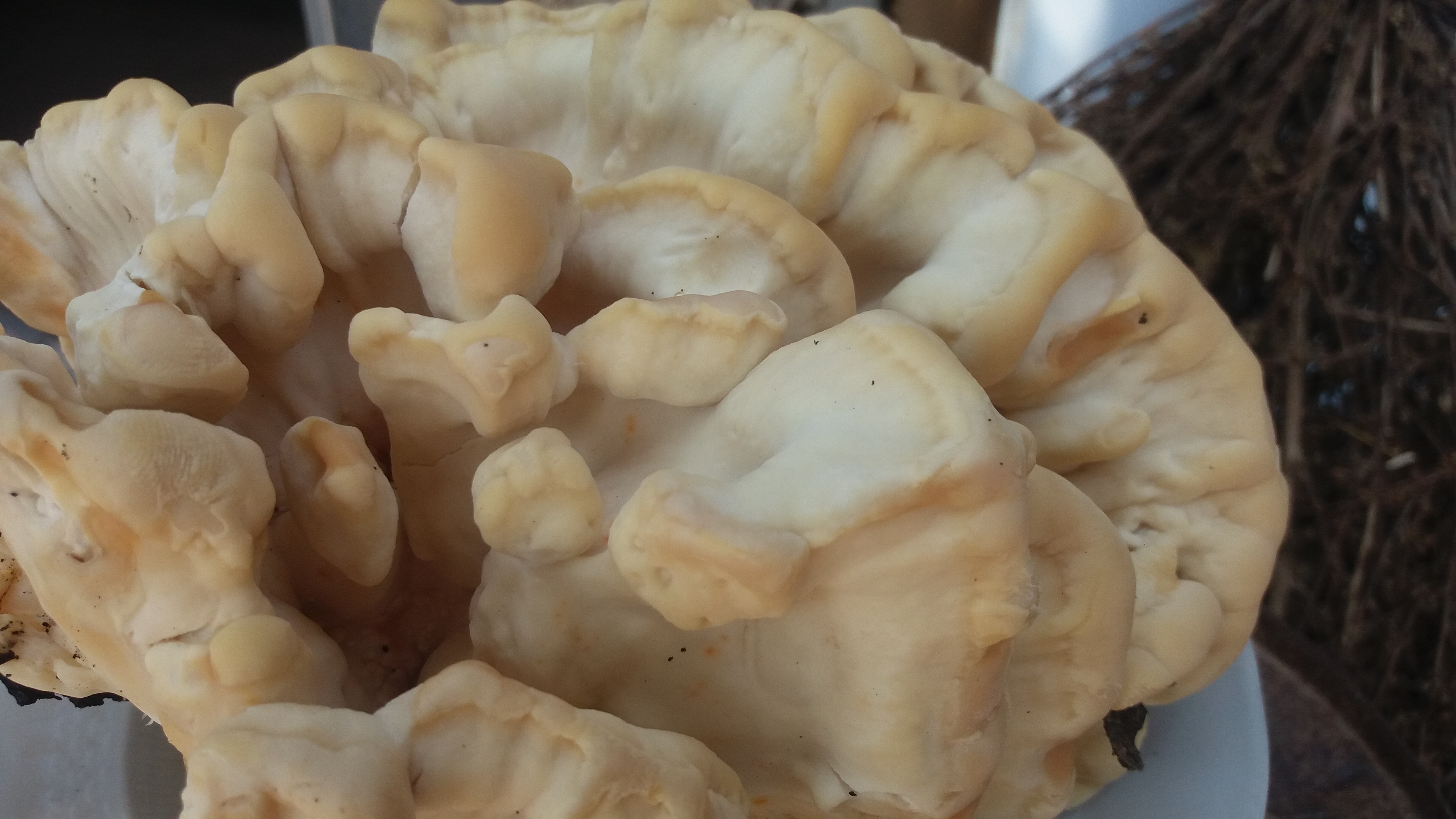Our centenary carob trees of C.da Serravalle
Striscia la notizia Speranza Verde I carrubi
The carob, whose name derives from the Arabic “kharrub”, is a plant evergreen, very long-lived, being able to exceed several centuries, and of large size: it can reach 10-12 meters in height, while the crown diameter often exceeds 10 meters. The fruits of the plant, the carobs appear in spring and reach full ripeness in period of August-September.
The carob was born as a spontaneous tree in the lands of the eastern basin of the Mediterranean. Its cultivation seems to have started only at time of the Greeks, who extended it to Sicily, but it was the Arabs who made it
they intensify the cultivation and propagate it as far as Morocco and in Spain. Other authors argue that the original spread of the carob in Sicily it would be due to the Phoenicians, the most ancient colonizers of the island.
these years the correct use of the carob tree has been lost over time. Anciently carobs were a very important means of sustenance for men and cattle, when one could not even smell wheat flour (the reference goes to the Second World War). Carob beans contain 34% sugars, 31% fat, 10% water, a good 8% protein and then fiber and minerals. The best represented minerals are potassium, calcium, sodium, phosphorus, magnesium, zinc, selenium and even iron. The intake of vitamins is also discreet. The most present are those of group B (B1, B2, B3, B5, B6 and B12), vitamin C and E (excellent antioxidants), K and folate. Carobs do not contain gluten and therefore can be eaten by celiacs.
Carob flour is a typical Sicilian product.Useful for those on a diet, Useful for its fiber content, Contains antioxidants, Fights high cholesterol, Regulates intestinal functions, Fights osteoporosis suitable for adults and childrenIt is commonly used in low-calorie preparations sold as light or slimming products (100 gr. of carob have a caloric yield equal to 205 calories). The carobs do not contain psychoactive substances and its flour can be used as a worthy substitute for cocoa to make cakes, donuts, ice cream and other sweets. Its flavor is similar to that of chocolate and goes well with fruit fresh and honey. Carob flour can also be used in addition to durum wheat to prepare pasta, for the preparation of tagliatelle, cavati and the wonderful ravioli stuffed with Caciocavallo Dop Ragusano our grandparents, moreover, prepared one with the pulp of the carob beans
tea-like drink with which he cured colds, coughs and the flu.
The most common species are the Morescana, the Racemosa, the Saccarata, the Latinissima e the Falcata.
The carobs grow during the spring and the fruit reaches full maturity in late summer. The flowers take nearly a year to turn into ripe fruit. Collect them still soft, because once dried by the sun, they will be good only for making rosoli.
By absorbing large quantities of water, they are capable of generating gels which, when applied to the skin, they form a thin, transparent film with an isoepidermal pH able to release water to the skin if necessary Other studies, on the other hand, have focused on the activity that the prolonged use of carob seeds would produce on the furrows of the skin, reducing its roughness. This is why the carob is also a resource for the cosmetics industry who wants to create products with a moisturizing, regenerating and skin smoothing. Especially for mature and dry skin, delicate and easy to redness
Ragusa province covers about 70% of the national production and here there are most of the industries that transform the carob beans in flour and other products sought after by the food industry especially the confectionery one
that at one time the seeds of the carob were so highly regarded as to be taken as a unit of weight for precious stones and gold
the Arab merchants who first coined the term "carat" used still today as a unit of measurement for the weight and value of
gems. Anciently carob seeds, called in Arabic “qerat”, were used for weighing precious stones due to their regularity in weight, about 0.20 g and with the passage of time they gave the name to the unit of measurement
carat used today all over the world to determine the weight of gems.
Here is the strip bet the news shot in our company



